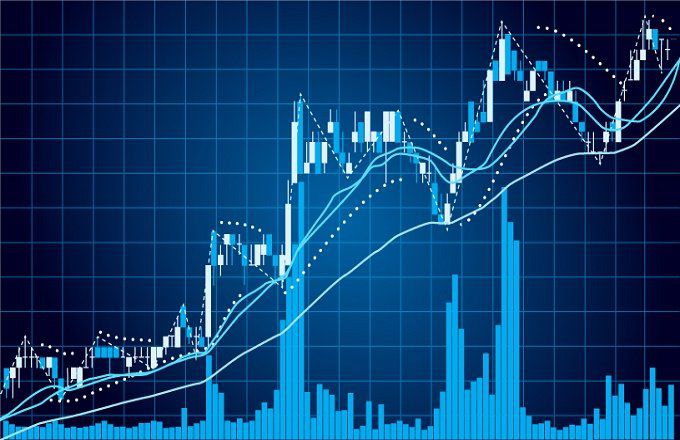Trading volume is one of the most telling metrics in any market, yet it often receives less attention than price.
While price shows the outcome of buying and selling, volume reveals the level of participation and interest that drives those moves. Without volume, price action alone can be misleading, making it tough to understand whether a trend is real or sustainable.
Exchanges such as LeveX make trading more accessible, but the key to success may lie in knowing how to interpret data to make informed moves. Looking at trading activity over time provides context about liquidity, sentiment, and stability, giving volume a central role in evaluating market health.
What Does Trading Volume Measure?
Trading volume represents the total number of assets exchanged during a specific period. This could be an hour, a day, or longer, depending on how the data is analyzed. Unlike price, which reflects the latest transaction, volume captures all trades within that timeframe, showing how active a market really is.
Volume is often displayed on charts as bars beneath price movements, which makes it easy to see when activity increases or decreases. These fluctuations tell a story about how much interest there is in an asset at any given time. High volume suggests strong participation, while low volume indicates that fewer traders are active.
In essence, volume is a measure of engagement. It clarifies how many people are involved in the market and how much weight their trades carry.
Why Does Volume Matter More Than Price Alone?
Price moves can be deceptive if they occur with limited trading activity. A small order in a thin market can cause prices to jump or drop without reflecting broad interest. This is why volume matters; it validates whether price action is supported by widespread participation.
For example, if a token rises in price with substantial volume, it suggests that many participants are driving the move, making it more likely to hold. On the other hand, a similar increase with low volume may fade quickly because it lacks a solid foundation.
Volume essentially acts as a filter for price trends. It helps separate meaningful moves from temporary fluctuations, allowing traders and investors to gauge whether momentum has true market backing.
Is Volume an Indicator of Liquidity?
Liquidity refers to how easily an asset can be bought or sold without causing significant price changes. Trading volume plays a direct role in determining liquidity levels. When volume is high, the market is more liquid, meaning orders of various sizes can be executed smoothly.
In contrast, low-volume markets often experience slippage, where even modest trades move the price disproportionately. This creates risk for participants who may struggle to enter or exit positions efficiently. Liquidity driven by substantial volume guarantees a healthier, more stable trading environment.
For participants, this makes volume a critical indicator of how practical it is to engage with an asset. A project with consistent trading volume offers more security in execution than one with shallow markets, regardless of headline price.
How To Use Volume To Spot Market Trends
Trading volume is one of the most reliable tools for confirming or identifying market trends. When prices rise alongside increasing volume, it suggests that momentum is supported by widespread participation. This combination often signals that the trend has strength and may continue. In contrast, rising prices on declining volume may point to weakening interest and a possible reversal.
Volume spikes can also act as early indicators of breakouts. A sudden surge in activity often accompanies a significant move out of a trading range. Similarly, when volume fades during a trend, it can signal that momentum is slowing and a shift may be approaching.
By tracking how volume interacts with price patterns, traders can distinguish between short-lived fluctuations and trends with staying power. This insight makes volume an essential part of technical and market analysis.
Interpreting Volume in Context
Although volume is powerful, it should not be interpreted in isolation. Market conditions, external events, and supply and demand structure influence how volume data should be read. For example, a sudden spike in volume may result from news or a major participant entering the market, not necessarily from organic growth in interest.
Evaluating volume alongside other indicators provides a clearer perspective. Pairing it with liquidity, order book depth, and sentiment analysis helps ensure that conclusions are grounded in broader evidence. This approach reduces the risk of mistaking short-term noise for meaningful change.
Why Volume Tells the Full Story
Price movements often capture attention, but without volume, they reveal little about the strength behind them. Volume shows how much participation supports a move, how liquid a market is, and whether trends are likely to continue. It separates genuine shifts from misleading fluctuations, giving traders and investors a more complete picture of activity.



































